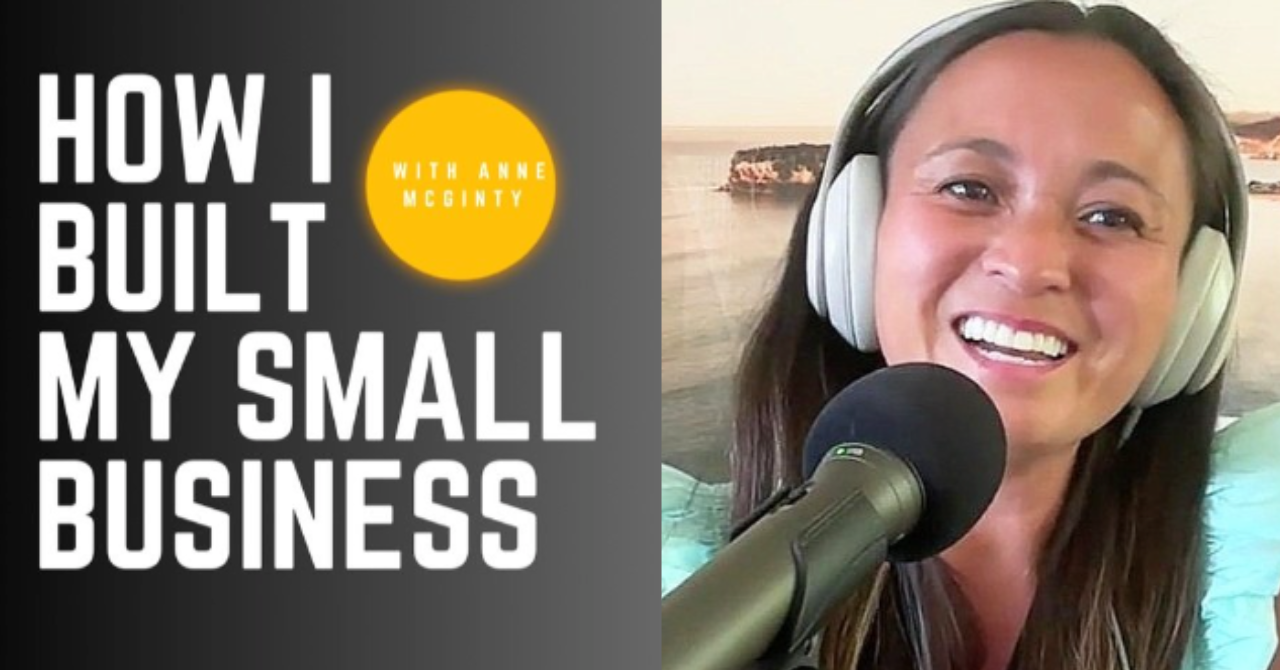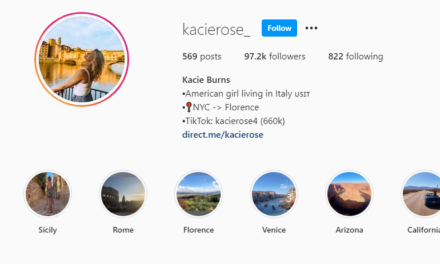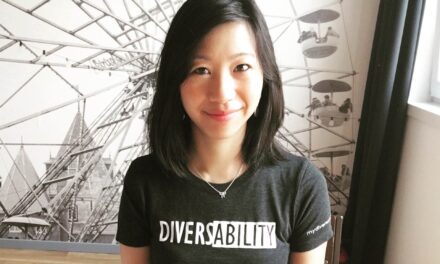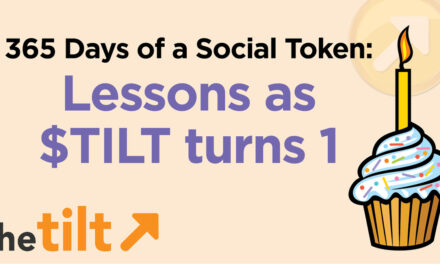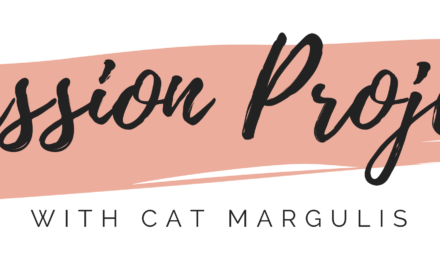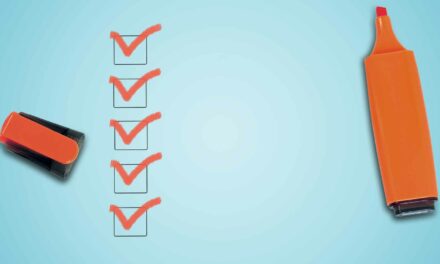Entrepreneur: Anne McGinty
Biz: How I Built My Small Business podcast
Tilt: Simplifying business know-how and personal finance lessons through storytelling
Primary Channel: Podcast
Other Channels: LinkedIn (1K), Instagram (200), website, newsletter (500), YouTube
Time to First Dollar: Not yet
Rev Streams: Sponsorships
Our Favorite Actionable Advice
- Know what you want: Anne knew her day job alone wouldn’t provide the wealth she sought, so she started side gigs selling greeting cards with her photography, investing in real estate, and a holiday lighting business.
- Detail micro-actions: First, establish goals for your business. Write them down and then brainstorm methods or strategies to accomplish each. Finally, list one or two small actions you can do each week toward accomplishing your goal.
- Keep your purpose: Though Anne received two offers to join podcast networks, she declined both because she thought they viewed her podcast in dollar signs, not for its core mission of helping people in business.
The Story of Anne McGinty
Anne McGinty’s parents immigrated to America in the 1970s with just $200 each. She watched as they worked tirelessly to provide a better life for the family.
Carried by this entrepreneurial spirit, Anne spent a year after college graduation backpacking and working on a boat for $50 a day before returning for a full-time sales job secured before she left.
While staying at a fancy hotel in New York City for training, her friend visited and asked if she was OK because she looked like she was in shock. “I remember thinking that I was just sitting and trying to figure out how OK I was with this,” Anne says.
She moved to California for her sales rep role, selling natural body care products and quickly realized the value of genuine connections. “Sales unfolds through relationships. It’s about removing the sale and focusing on the human connection. This lesson stayed with me throughout my entrepreneurial journey,” Anne explains.
Adding side gigs to increase wealth
As Anne nurtured her relationships with clients, she realized the sales job was not going to allow her to build the wealth she desired. So, she sold greeting cards featuring her photography to the same stores she visited for her day job and added $15K in annual revenue.
Later, she and her husband ventured into real estate investing, and their success reaffirmed Anne’s belief in taking calculated risks to control her financial future as an entrepreneur.
Her next side gig came after learning from professional peers about people who make enough money for the year by working a month or two a year hanging Christmas lights. So, she and her husband learned the ropes by attending intensive training sessions.
They hung flyers on doorknobs and offered discounts for early bookings. Their client base grew quickly, with some paying as much as $30K. Over time, the business acquired large commercial contracts with venues like zoos and city centers.
As the business scaled, Anne dropped high-maintenance clients to protect her team’s morale. “After the season, we’d identify difficult clients, and if they didn’t treat my staff well, we wouldn’t renew their contracts,” she explains.
Anne also learned the value of conducting exit interviews, which allowed her to identify interpersonal issues and process inefficiencies to address proactively for the next season. She learned that open communication is essential to head off issues and create a positive team environment.
Anne also saw a new business opportunity, launching an import-export business selling LED holiday lights directly to professional installers. She produced a catalog with specialized knowledge using industry jargon. The response was an immediate success, with a surge of orders. Unfortunately, the distributor’s lack of quality control led to defective products, and Anne barely broke even, forcing her to close the business.
Becoming a content entrepreneur
After 13 years of running the Christmas lighting business, Anne and her husband sold it in 2020 and lived off the income from that and their other investments. A year later, following the death of her father, Anne struggled with her health and desired to do something to benefit the world.
She considered writing a book to help other entrepreneurs learn from all the lessons she gained over the years. However, Anne did not have a platform or audience to market a book to, something she believed she needed.
“I figured I could do a newsletter or a website or a podcast. I discussed it at the dinner table, and my husband said, ‘Let’s do a podcast,’” she says.
Anne started by creating a goals map, listing what she wanted to accomplish, and then connecting the paths or ideas to help her achieve that. Her primary goal was to reach as many listeners’ ears as possible without spending much, if any, money.
Her idea list included connecting with entrepreneur clubs, putting sound bites on LinkedIn, and answering questions on Quora. Under each idea, she listed the actionable steps to accomplish them. She then mapped out the frequency for each – answering one or two questions per week on Quora, one LinkedIn post per week, and reaching out to one entrepreneurial blog per week.
“If you break up the goal into little micro goals, then it makes it feel like it’s not so scary taking the risk,” she says.

On Jan. 25, 2024, the anniversary of her father’s passing, Anne launched her podcast, How I Built My Small Business. Since then, the podcast has landed on numerous best business podcast lists.
Anne recently received two offers to join podcast networks, which she declined because she thought they only saw her podcast as a dollar sign. Ultimately, she wanted to stay true to her mission of helping other entrepreneurs.
The podcast is not actively monetized. Anee has done limited series sponsorships with two companies, including Podglomerate, which gave her membership to their podcast academy to learn and grow with other podcasters.
Anne recently started publishing a weekly newsletter, Time To Live, based on her podcast episodes. She covers the key points from the episode as well as strategies for skill enhancement, personal growth, and spreading positivity.
Anne may monetize the podcast and newsletter at a later date and has plans for a book now that she has an audience and platform.
Advice for Content Entrepreneurs
Anne’s decision to let clients go at the end of each season who were not nice to her staff or were problematic led to increased morale and work productivity. Anne recommends that content entrepreneurs stand by their personal and business values. It may mean lost revenue in the short term, but ultimately, these decisions will bring new business and promote trust with your audience and team.
Don’t fear risk. Owning and running your own content business is full of risk and uncertainty. Every big decision Anne made came with huge risks, but it also enabled growth in her life. However, Anne also believes that you have to be smart about the level of risk vs. the result.
One way to add offerings to your content business is to find a gap in the marketplace and fill it with authenticity. If you need a service or product but have trouble finding it, chances are others are looking for the same thing. Use this as an opportunity to start a side hustle or add that additional component to your business. As an industry insider, you can instantly prove your expertise with your knowledge and experience. Potential clients or customers will see your authenticity and accelerate the trust factor.
About the author
Marc Maxhimer is the Partnerships & Publishing Coordinator at Tilt Publishing. He holds a bachelor’s degree in English and mathematics education and a master’s degree in educational administration. He previously taught middle school for 16 years. Marc lives in (and loves all things) Cleveland with his wife, two daughters, and dog Wilson. He looks forward to helping any content entrepreneur publish their book.

